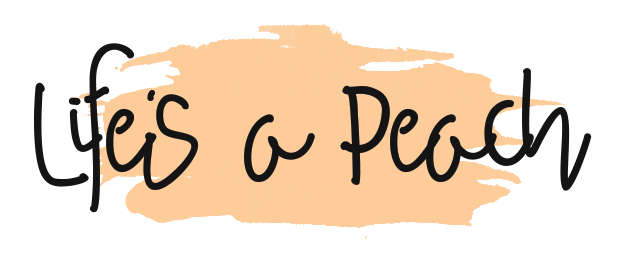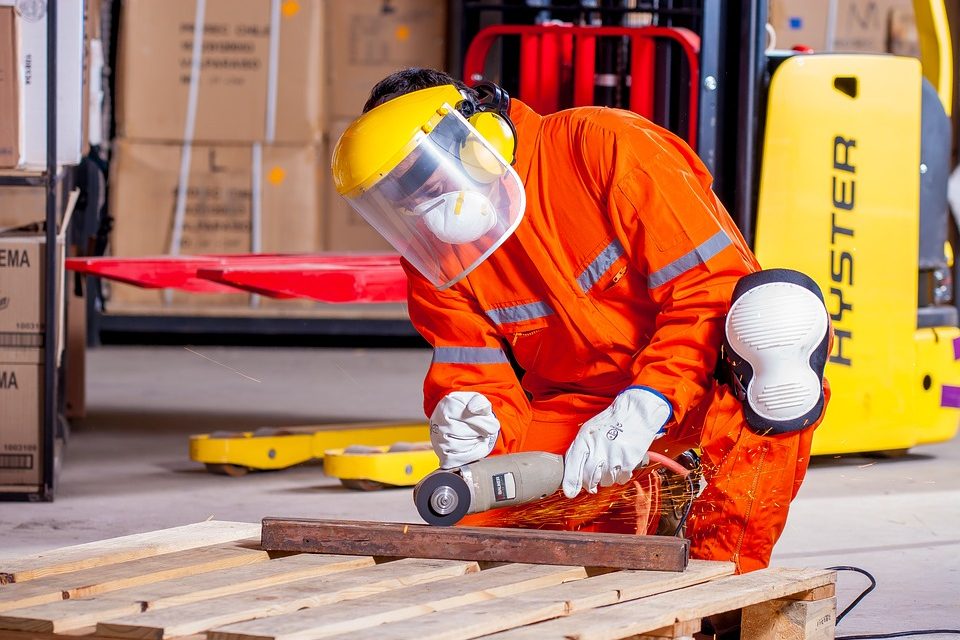Most employers attempt to comply with their core responsibilities in the workplace as specified by the Health and Safety Executive (HSE), but in spite of their best efforts, accidents do occur. Depending on your profession or your role at work, the nature and severity of the injury may vary from mild to severe or even life threatening. Occasionally, deaths do occur.
What to do after a work place accident
All work place accidents should be reported immediately to the human resources department and the incident recorded in the company’s accident report book. Although most injuries sustained from accidents are immediately apparent, injuries such as the whiplash may not give rise to symptoms until a few days later.
It is therefore advisable to take photographs of the accident and the surrounding area, in addition to reporting the accident. The affected employee should be seen and examined by a medical doctor who will administer treatment if an injury has been sustained and document the extent of the injury, as this could be valuable for making compensation claims later. You may also want to get a long-term disability insurance quote, as your injury may be severe enough to mean you are unable to work for a significant length of time.
Common work place injuries
You may fall or slip at work through no fault of yours. This could be due to slippery or poorly maintained floor and it may be attributed to poor handling of faulty equipment or a lack of health and safety training.
Lifting of heavy objects that exceed specified weight limits or twisting while lifting such objects can result in back injuries. Injuries to the back can also arise from working on inappropriate desks, chairs and other equipment, especially if such tasks require spending prolonged periods in the sitting position.
Accidents and injuries are rife at construction sites, factories and warehouses. Some of these accidents can result in serious injuries. Falling debris, faulty wiring, heavy duty machinery do constitute real hazards in such environments and may result in head injuries, white fingers, mangled wounds or other forms of injury that require urgent medical attention.
Head injuries in the work place
Head injury in particular is a common sequel of falling objects in the work environment and it is often a result of poor employer health & safety practices or careless handling of overhead objects by clumsy work colleagues.
Head injuries may be severe or minor. Severe head injuries can lead to mental impairment, loss of vision, scarring or disfigurement. On the other hand, minor head injuries may give rise to a concussion, which is characterised by dizziness, confusion or temporary loss of consciousness.
Fortunately, majority of head injuries belong to the latter category. Like all other work related injuries, head injuries should be reported immediately to the human resources department and a report of the injury sustained if any, obtained from a medical expert.
Compensation claims
An important reason for obtaining medical documentation is that employees can claim compensation for injury to the head at work. Experienced accidents at work solicitors can assess claims and determine if there is a legal right to a claim.
They can also evaluate the compensation amount payable on the injury sustained, based on the doctor’s medical report and in consideration of the compensation awarded by the courts to workers who had previously sustained similar injuries. Where necessary, they can pursue compensation claims at the courts on behalf of their clients.
- Overcoming Challenges in the Production of THC Seltzers - 10th May 2024
- The changes in dental marketing - 12th October 2022
- Online aligners or surgery based ones? - 12th October 2022








